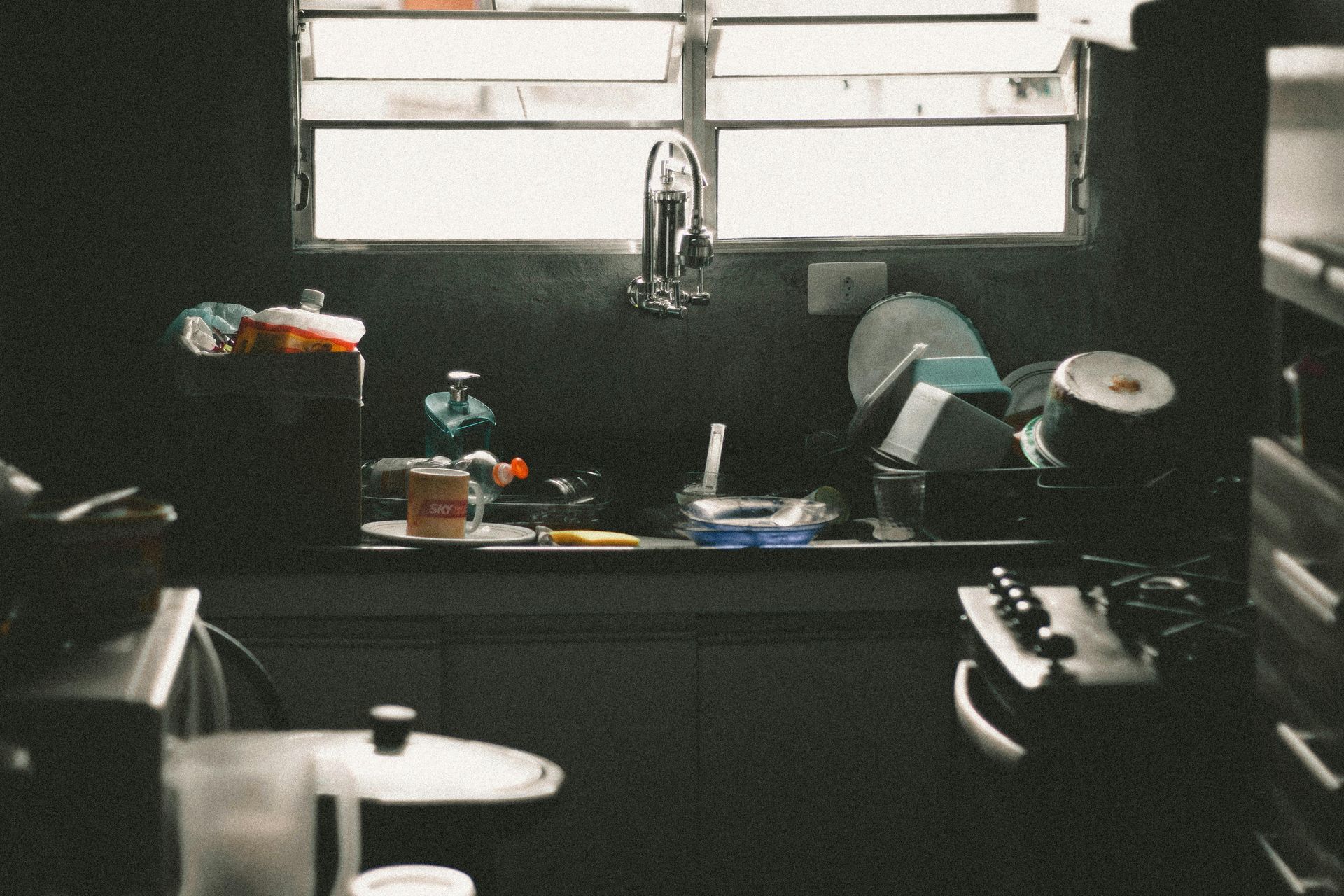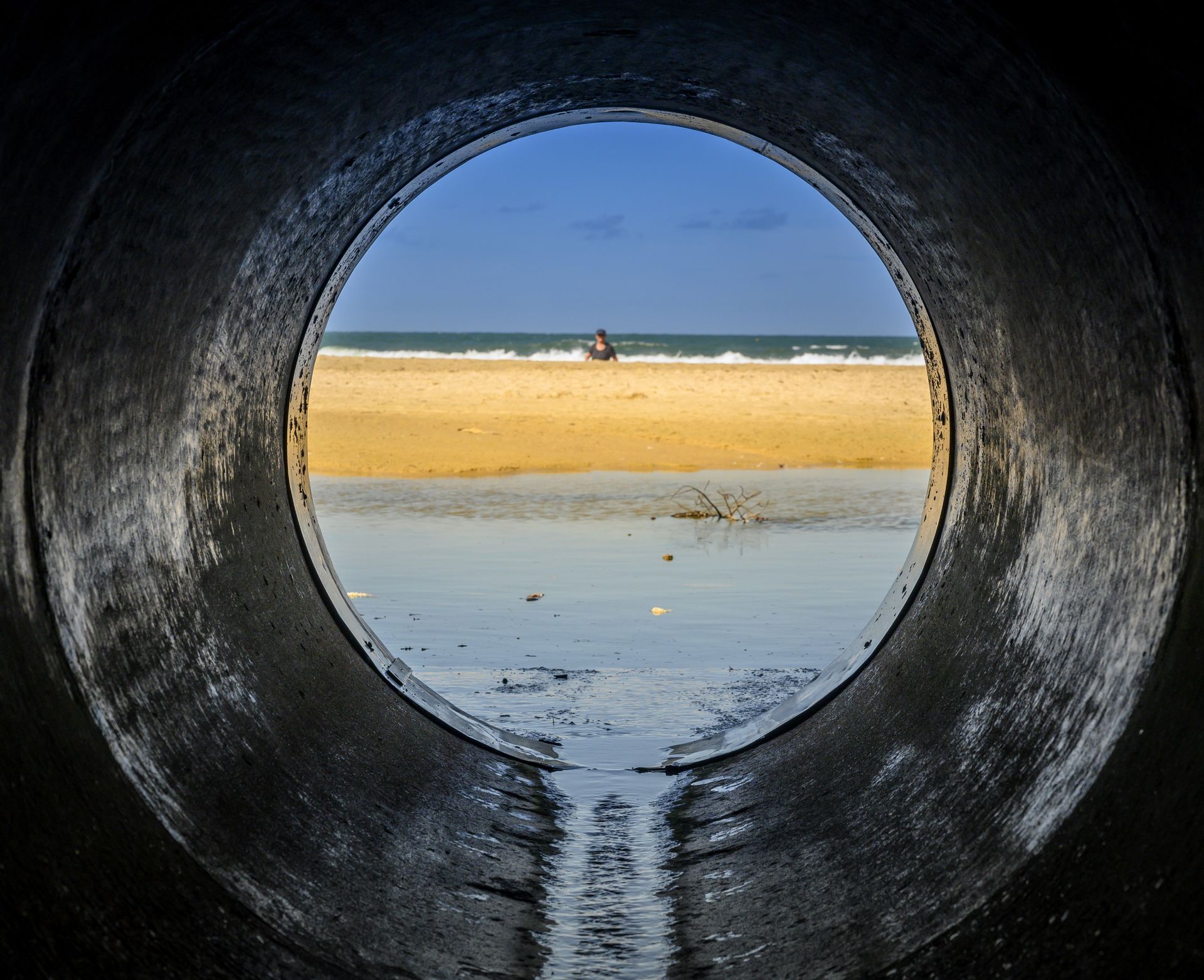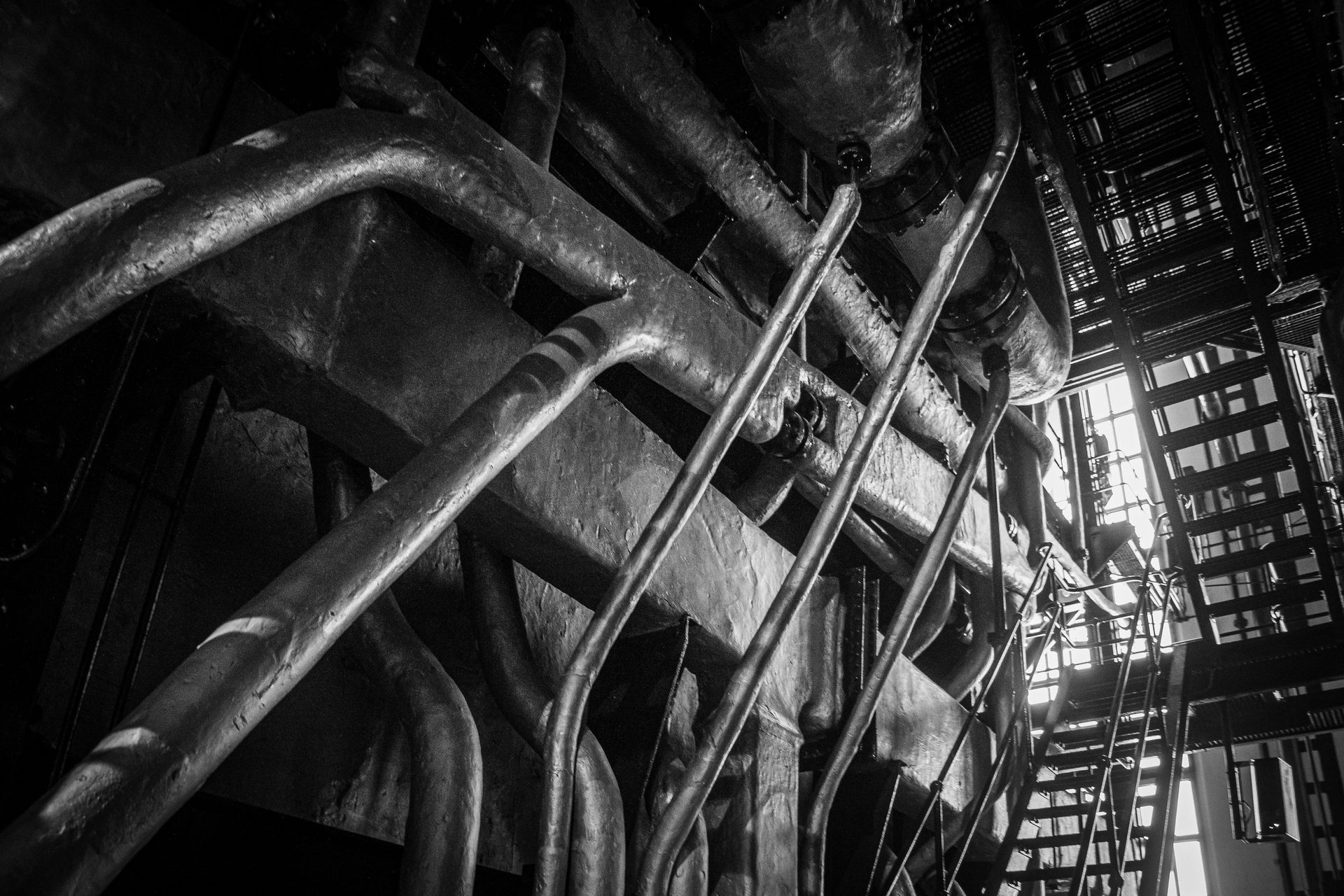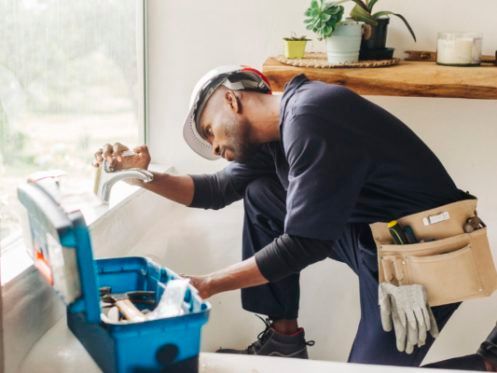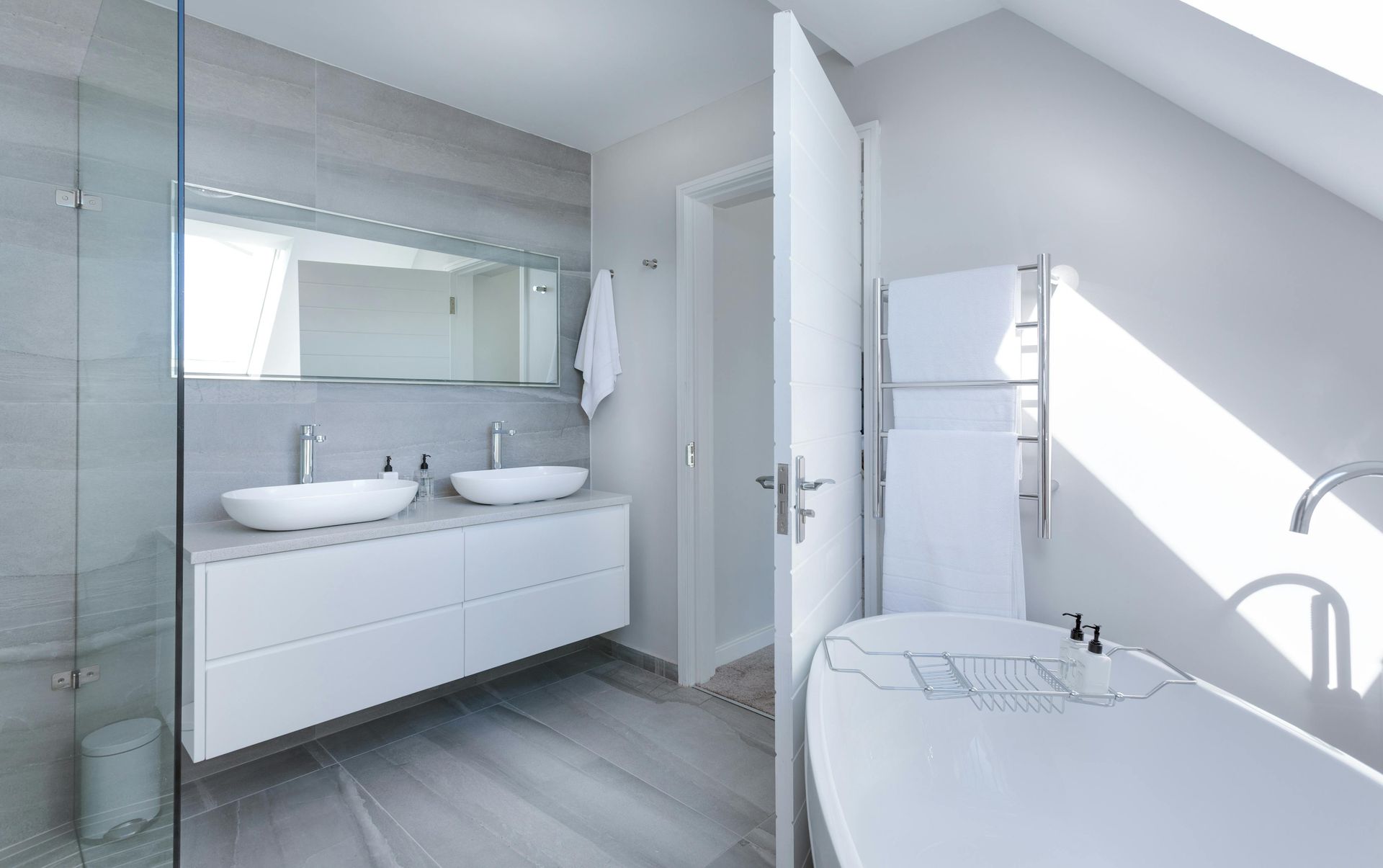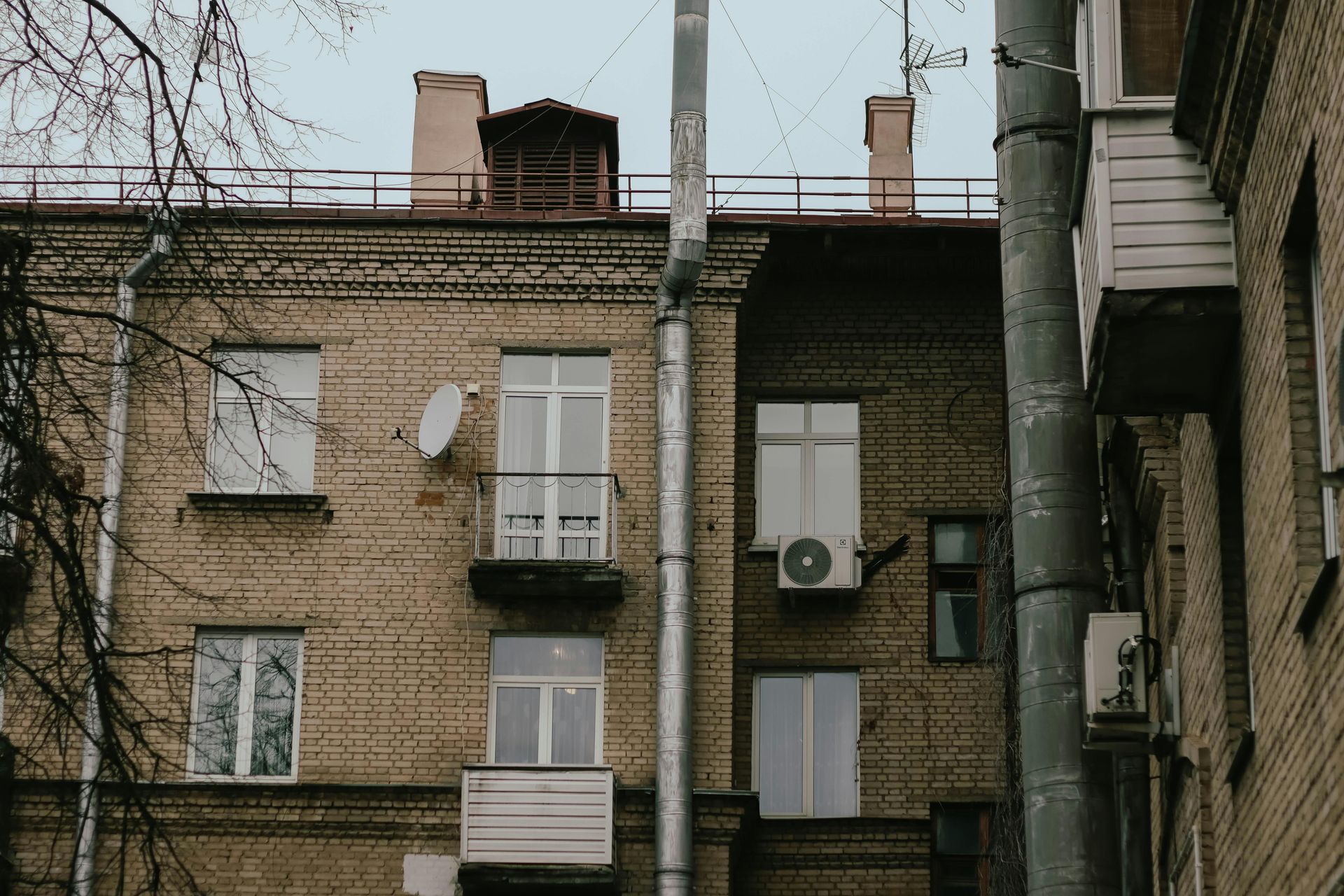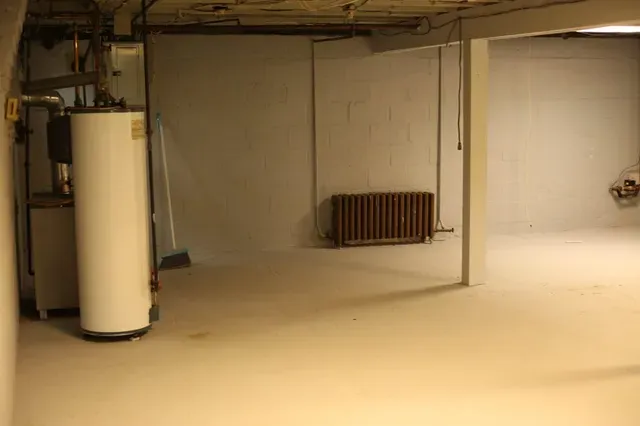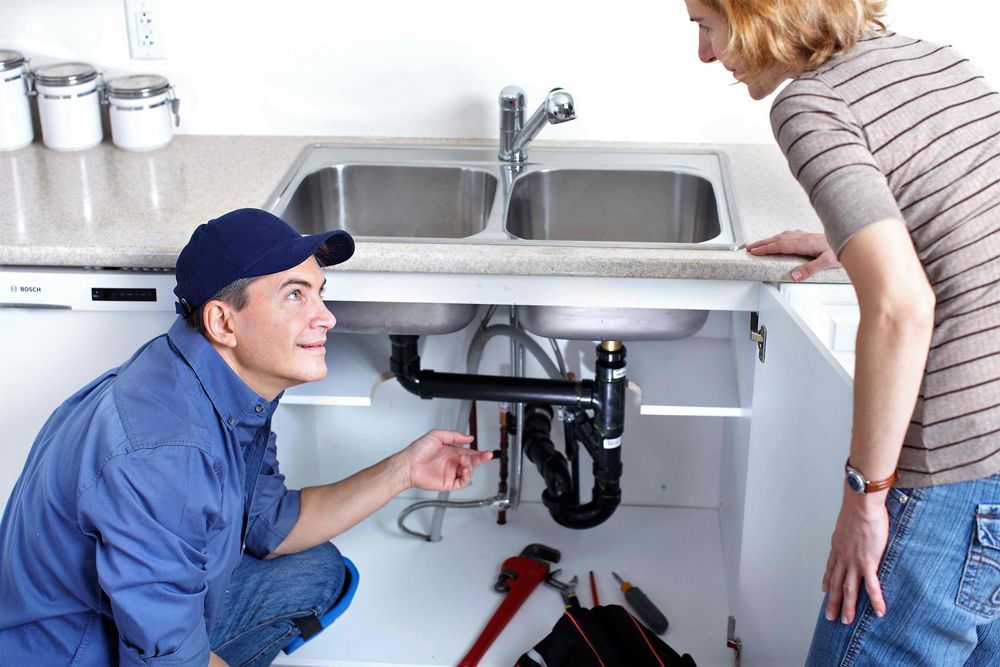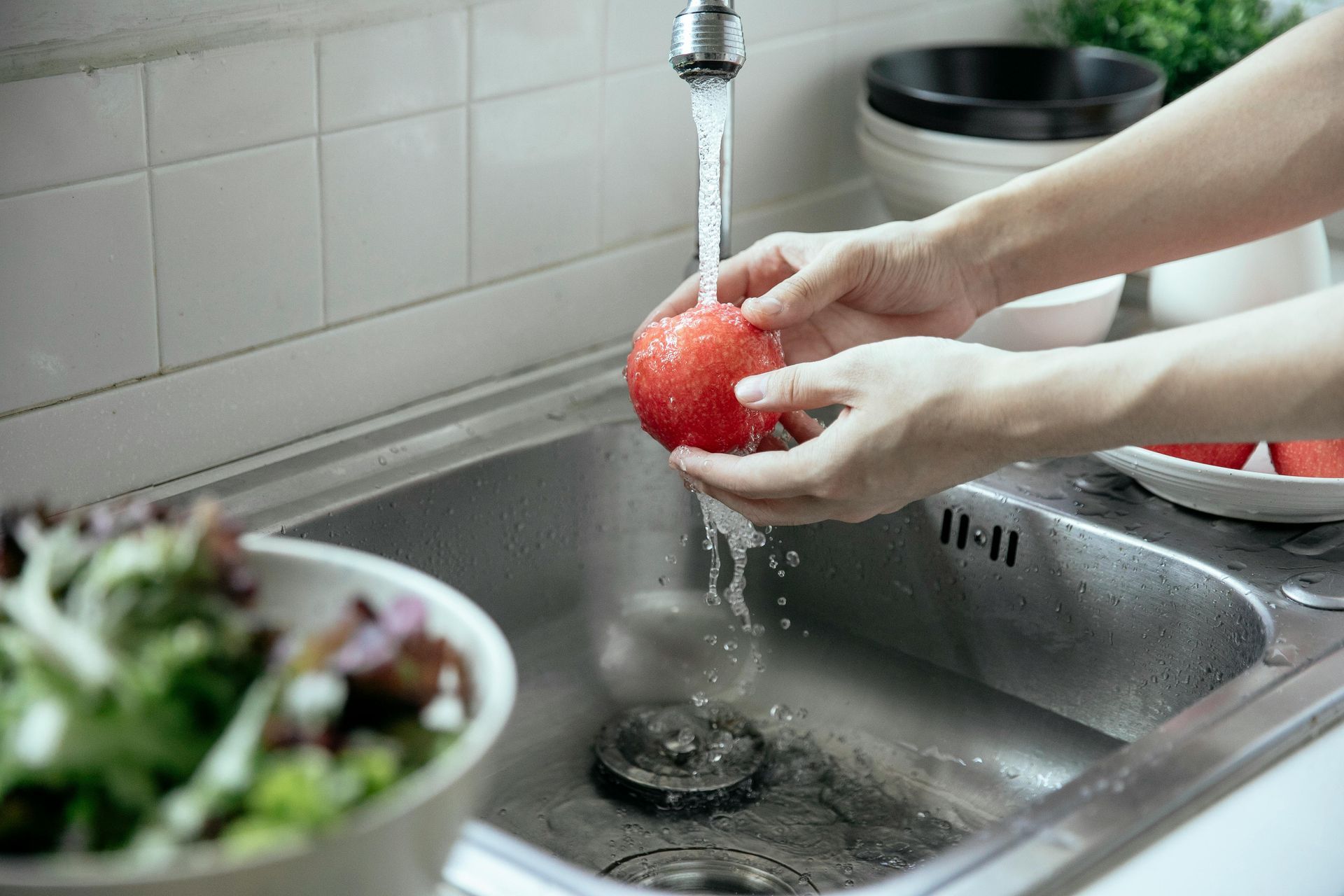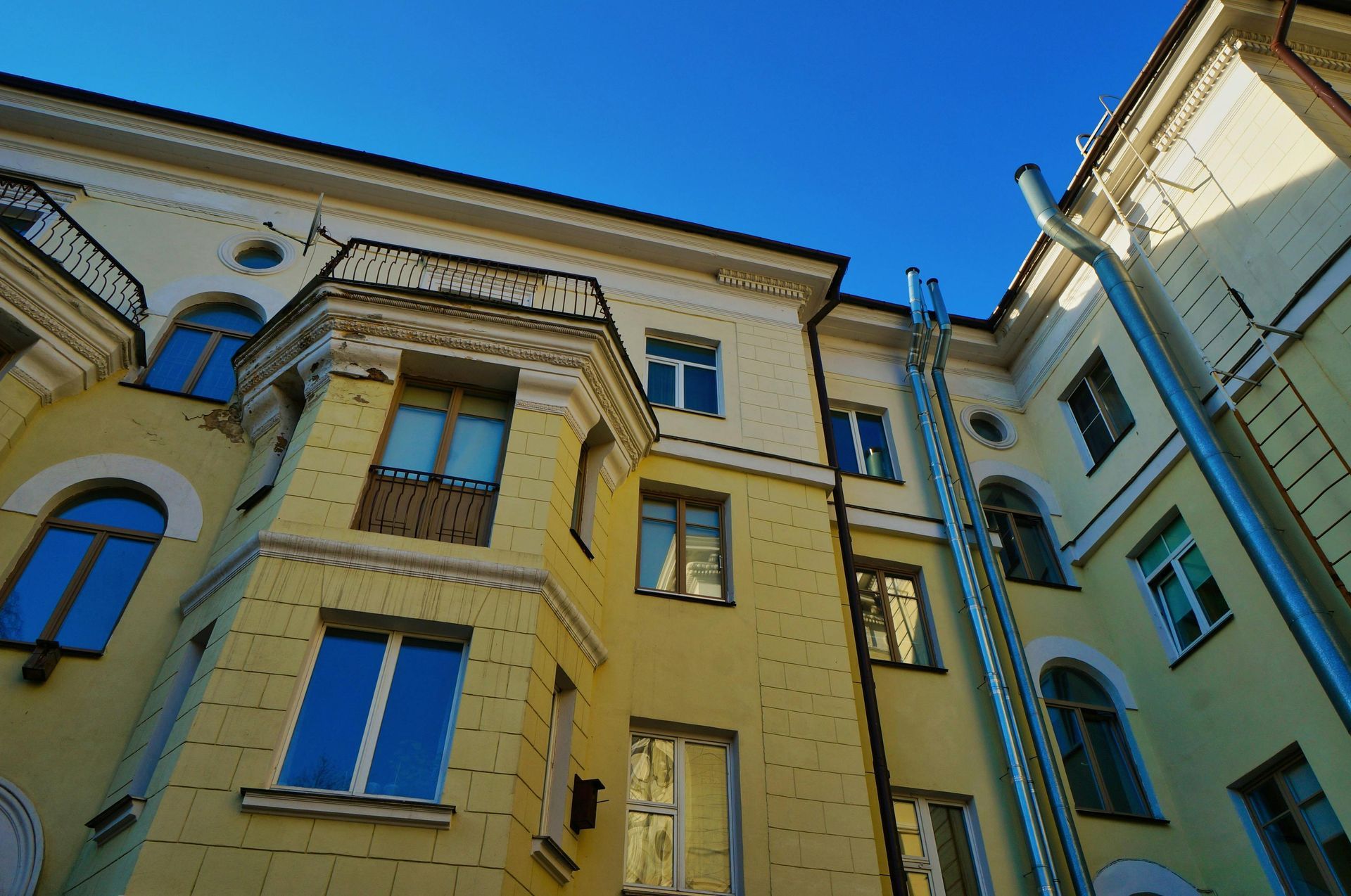How To Troubleshoot Low Water Pressure Issues?
Low water pressure is a common plumbing problem that can significantly affect your daily life, making routine tasks like washing dishes, showering, and cleaning frustratingly difficult. Understanding the causes and solutions for low water pressure enables homeowners to take effective action quickly and avoid prolonged inconvenience or more serious plumbing issues. This comprehensive guide provides detailed steps to diagnose and troubleshoot low water pressure problems, with professional insights from trusted experts like All City Plumbers.
Identifying the Symptoms and Scope of Low Water Pressure
Before troubleshooting, it is important to assess the severity and specific locations affected by low water pressure. Sometimes the issue is isolated to a single faucet or fixture, while other times it impacts the entire home. Check multiple faucets and appliances to determine whether the problem is localized or more widespread. Observing whether pressure fluctuates or remains consistently low also helps pinpoint underlying causes.
Common Causes of Low Water Pressure
Multiple factors may lead to reduced water pressure. Common causes include clogged aerators or showerheads due to mineral deposits; partially closed or faulty valves on supply lines; leaks within pipes; obstructions in mains or municipal supply lines; or issues with the pressure regulator. Corroded pipes and faulty water meters can also degrade water pressure. Each cause requires targeted troubleshooting to resolve effectively.
Step-by-Step Troubleshooting Process
Begin by inspecting faucet aerators and showerheads, removing and cleaning them if mineral buildup is evident. Next, verify that the main water shutoff valve and individual fixture valves are fully open. Examining exposed pipes for visible leaks or signs of corrosion helps identify potential points of failure. If suspected, checking pressure at the water meter or consulting with your local water supplier can clarify if external supply issues exist.
Implementing Repairs and Maintenance
When leaks or damaged sections are found, replacing or repairing pipes is necessary. Knowing how to use plumber's tape for leak free pipe joints ensures that new connections are secure and long-lasting. For clogged fixtures, thorough cleaning or replacement restores water flow. In cases of low municipal pressure, installing a booster pump might be required.
When to Call the Professionals
Complex problems such as hidden leaks, main line obstructions, or pressure regulator failures often necessitate professional diagnosis and repair. All City Plumbers offer expert services including advanced diagnostic tools that can locate hidden leaks and assess entire plumbing systems. They also provide reliable emergency services to address urgent water pressure failures, minimizing damage and restoration time.
Preventive Measures to Maintain Optimal Water Pressure
Regular maintenance including cleaning faucet aerators, checking valves, and scheduling periodic inspections with licensed plumbers helps prevent pressure issues. Vigilance against leaks and prompt repair further supports a steady and adequate water supply.
Conclusion
Low water pressure disrupts comfort and productivity but can often be resolved through systematic troubleshooting and timely maintenance. By following the outlined steps and knowing when to seek expert help from services like All City Plumbers, homeowners safeguard their plumbing systems for consistent, efficient water delivery.

